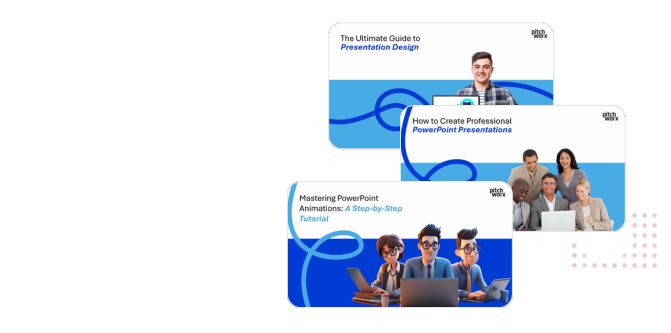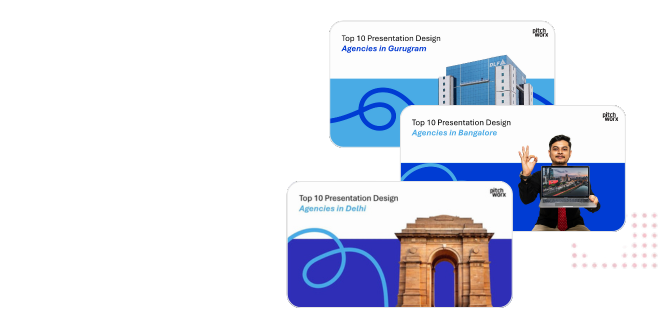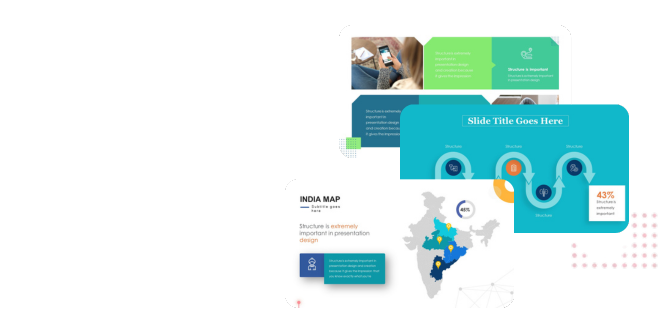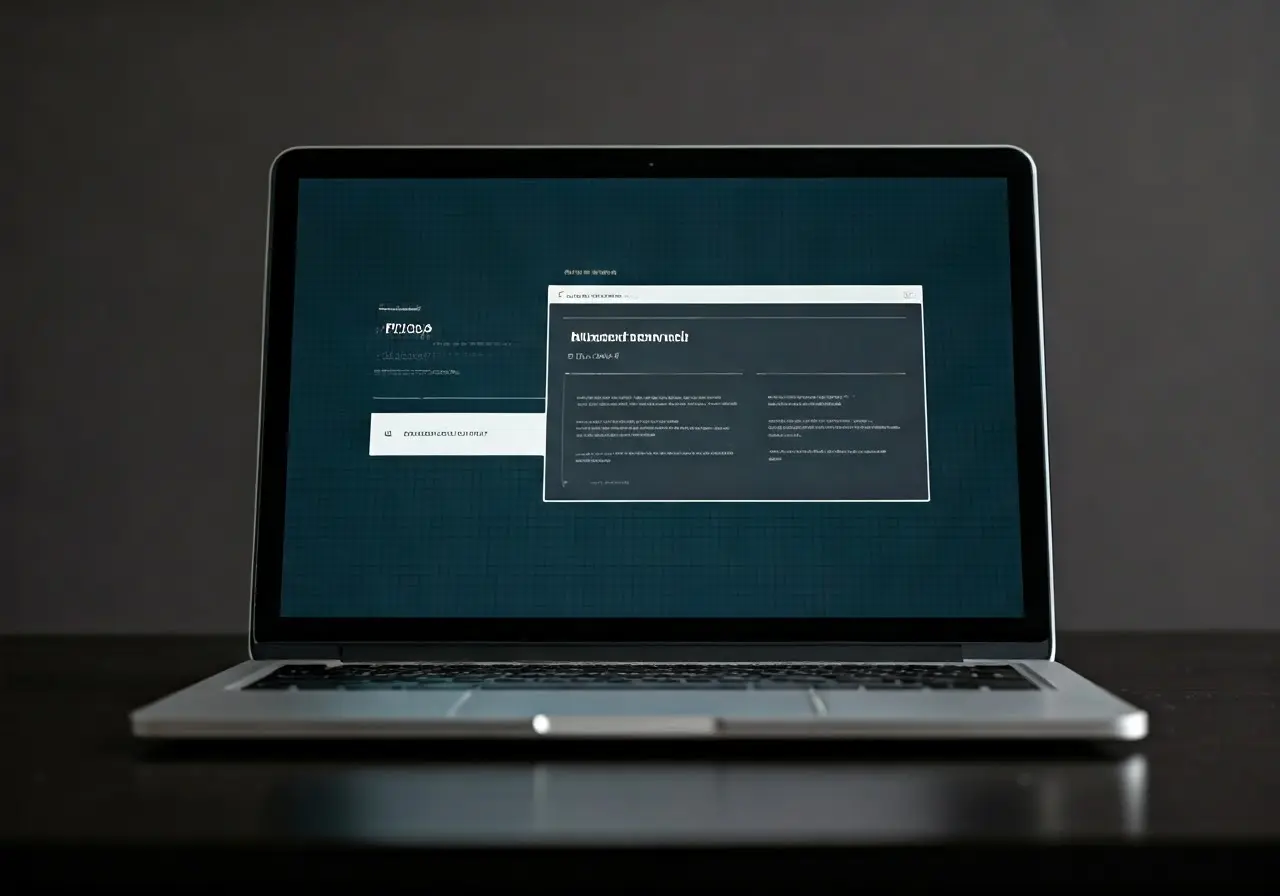Creating a great presentation isn’t just about adding text to slides; it’s about delivering information in a way that captivates and engages your audience. In this blog, we’ll explore the essential aspects of presentation design and provide practical tips to help you craft stunning and effective presentations.
Understanding Your Audience
The first step in creating an effective presentation is understanding who your audience is. Knowing their preferences, level of knowledge, and interests can help you tailor your content to keep them engaged. If you’re presenting to industry experts, you might include more detailed data and technical language. Conversely, if your audience is unfamiliar with the topic, sticking to simpler explanations and defining key terms will be more beneficial. Remember, the goal is to bridge the gap between your knowledge and your audience’s understanding.
Research is key. Spend some time understanding the demographic you’re speaking to. For example, if you are presenting to top management, focus on strategic insights and bottom-line impacts. On the other hand, if your audience comprises junior employees, concentrate more on implementation details and step-by-step guides. Engaging your audience effectively starts with knowing what they care about most.
Another effective method is to provide opportunities for interaction, like question-and-answer sessions or live polls. Encouraging participation not only keeps your audience engaged but also gives you real-time feedback on their understanding and interest levels. This interactive approach is essential for ensuring your presentation is not just a monologue but a meaningful dialogue.
Planning Your Content
Before diving into design, plan your content meticulously. Outline what you want to say and arrange it in a logical flow. This ensures that your presentation has a clear structure and is easy to follow. Start with a compelling introduction to grab attention, followed by a well-organized body that delves into your core topics or themes. Conclude with a strong summary to reinforce your key points.
One useful technique is to storyboard your presentation. This involves sketching out each slide on paper to visualize the flow before you start working on your computer. This method can help you spot gaps in your content and make necessary adjustments early in the process. For example, imagine you’re crafting a company presentation; you’d outline sections such as company overview, product features, market analysis, and future roadmap.
Effective planning also means being concise. In the words of Mark Twain, ‘I didn’t have time to write a short letter, so I wrote a long one instead.’ In presentations, brevity is often more challenging but ultimately more powerful. Prioritize the most critical points and cut out any fluff. Your audience will appreciate a focused and efficient delivery.
Designing Visually Engaging Slides
Visuals play a crucial role in presentations. Use high-quality images, consistent branding, and complementary colors to make your slides aesthetically pleasing. Avoid clutter and focus on simple, impactful visuals. High-quality visuals not only make your presentation more attractive but also help in reinforcing your message. According to the article ‘Insights into the Future of Presentation Design,’ the trend is shifting towards more visually-driven presentations, emphasizing images and infographics over text.
Creating a visually cohesive presentation means sticking to a consistent color palette and font scheme. Use the rule of thirds for layout to create balanced and captivating slides. Ensure every visual element has a purpose and contributes to telling your story. For instance, instead of detailing complex statistics verbally, you can use charts or graphs. Visual aids simplify the digestion of complex information and can communicate data more effectively.
Don’t forget to make your slides accessible. Ensure there is sufficient contrast between text and background colors, and use large enough fonts for readability. Furthermore, maintain consistency with layouts and formatting across all slides. This unification helps the audience focus on your content rather than the varying structures of your slides.
Using Text Effectively
Text should support your message, not overwhelm it. Use bullet points, short sentences, and clear fonts. Highlight key points and keep your text concise to maintain audience focus. Lengthy paragraphs can easily lose your audience’s attention, whereas succinct points are more likely to be remembered. Additionally, applying bold or color highlights to key terms can make them stand out.
One useful strategy is to follow the 6×6 rule: no more than six words per line and six lines per slide. This rule forces you to distill your ideas into clear, impactful phrases. For instance, instead of a slide titled ‘New Market Expansion Initiatives for the Upcoming Fiscal Year,’ you might simplify it to ‘2023 Market Expansion Plans.’
Typography also matters. Stick to clean, sans-serif fonts like Arial or Calibri, which are easier to read on screens. Vary the font sizes to create hierarchy and emphasize essential points. For titles, use 32-point size or larger; for body text, use at least 24-point size. This ensures that even the audience members at the back of the room can read your slides without strain.
Incorporating Data and Infographics
Data can be compelling if presented correctly. Use charts, graphs, and infographics to make complex information digestible. Ensure data is relevant and clearly labeled. Instead of just quoting statistics verbally, bring them to life with visuals. For example, a pie chart or a bar graph can often convey data more effectively than a table filled with numbers.
When creating data visualizations, think about your audience. Choose the type of chart or graph that best represents the information you’re conveying. For instance, a line chart is useful for showing trends over time, while a bar chart is good for comparing quantities across different categories. Make sure every data visualization is accompanied by succinct labels and legends for clarity.
Infographics are another powerful tool to encapsulate complex ideas in a visually engaging way. They combine images, charts, and minimal text to provide a snapshot of essential information. For example, describing your business’s market share across various sectors can be more engaging with an infographic rather than just paragraphs of text.
Engaging with Multimedia
Multimedia elements like videos and animations can enhance your presentation. Use them sparingly to support your message and not distract from it. Ensure they are high-quality and relevant. For instance, you might include a short video testimonial from a satisfied client or an animation explaining how your product works. This adds a dynamic element to your presentation and keeps the audience engaged.
However, be cautious with multimedia. Overloading slides with too many elements can distract and overwhelm your audience. It’s essential to strike a balance, using multimedia to complement your message rather than overshadow it. According to PitchWorx’s guide, the key is to ensure seamless integration of multimedia elements so that they flow naturally within your presentation.
Practicing Delivery
Finally, a great presentation isn’t just about the slides – it’s also about how you deliver it. Practice your delivery, work on your pacing, and make sure to engage with your audience. Confidence and clarity in your speech can make a significant impact. Rehearse multiple times to become familiar with your content, so it comes naturally during the actual presentation.
Consider recording yourself during practice sessions. This allows you to review your body language, tone, and pacing. You may notice habits or areas for improvement that weren’t apparent before. Ensure that your delivery style suits your audience and the presentation’s context. For instance, a motivational speech may benefit from a dynamic and energetic delivery, whereas a technical presentation may require a more measured and precise approach.
Engage with your audience by making eye contact, asking questions, and encouraging interaction. This makes your presentation feel more like a conversation and less like a lecture. Adjust your pace based on their reactions – if they seem interested and engaged, you can proceed as planned; if they’re looking confused, take a moment to clarify points. Practicing your delivery ensures that you not only talk at your audience but truly connect with them.
Final Thoughts on Presentation Design
Mastering presentation design is a blend of creativity, clarity, and attention to detail. By following the tips outlined in this blog, you can create presentations that are not only visually appealing but also highly effective in delivering your message. Remember, the key is to keep your audience in mind and continuously refine your skills. Happy designing! For more guidance on creating impactful presentations, visit our homepage.











